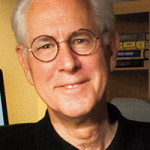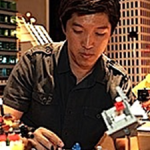Greg Brandeau is the former President and COO of MakerMedia. Previously he served as the Chief Technology Officer for The Walt Disney Studios. Prior to that, Brandeau held the post of Senior Vice President of Technology for Pixar and Disney Animation Studios. He joined Pixar in 1996 as the Studio’s director of Technology. After five successful years, during which he was promoted to Vice President, he left the studio to broaden his expertise within other areas of technology. He returned to Pixar in 2004 and was promoted to Senior Vice President in 2006. In that role, Brandeau was responsible for providing, maintaining, and continually adapting the systems and technology used in creating computer animated feature films that allowed Pixar to continually be on the cutting edge of filmmaking. Among his other career milestones, Brandeau served as chief information officer for the biotechnology startup company, Perlegen Sciences. His resume also includes a variety of senior level positions in Silicon Valley, including director of Operations at NeXT. Brandeau is co-authoring a book, Collective Genius: The Art and Practice of Leading Innovation to be published by Harvard Press. Brandeau earned BS and MS degrees in electrical engineering from MIT . After serving in the U.S. Air Force, he continued his education at The Fuqua School of Business, Duke University, where he received an MBA.
On the show, Greg discussed his experiences working with Pixar and Disney and their creative processes. He explained the early challenges for Pixar, when initially creating Toy Story, and the computer animated films that were created right after. There was a give and take between the technology engineers, who would show the artists what was possible, and the artists, who would give the engineers graphic goals to strive for. This created the perfect marraige of creating technology that was highly optimized for what the artists wanted to create. Greg says, “Art challenges technology, and technology inspires art.” Greg also talked about how Pixar was able to keep their core beliefs as they scaled. Finally, he talked about the ways creativity and culture was incorporated into both the Pixar and Disney animation studios.



















